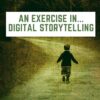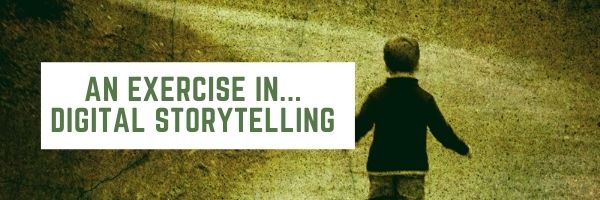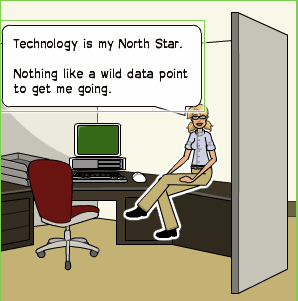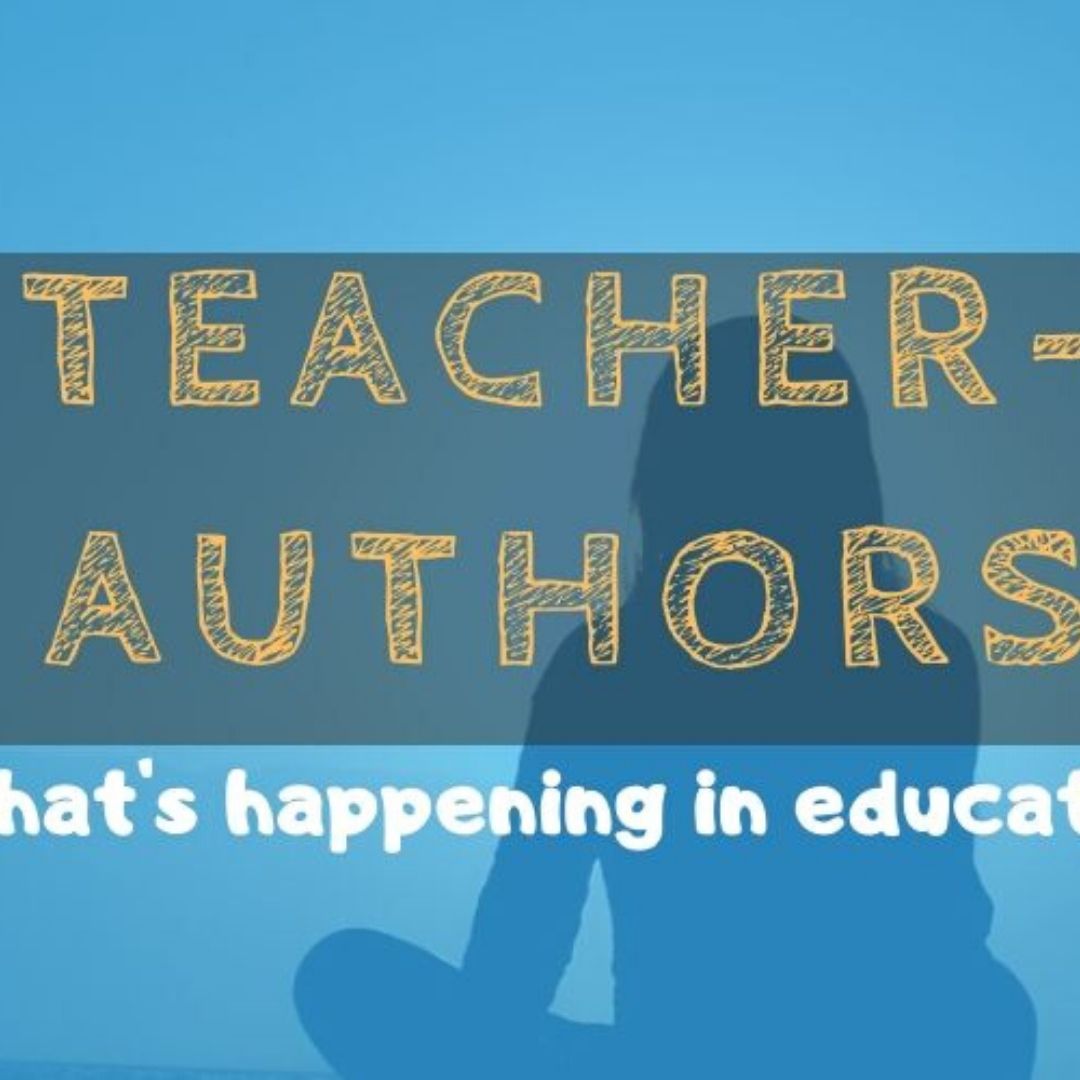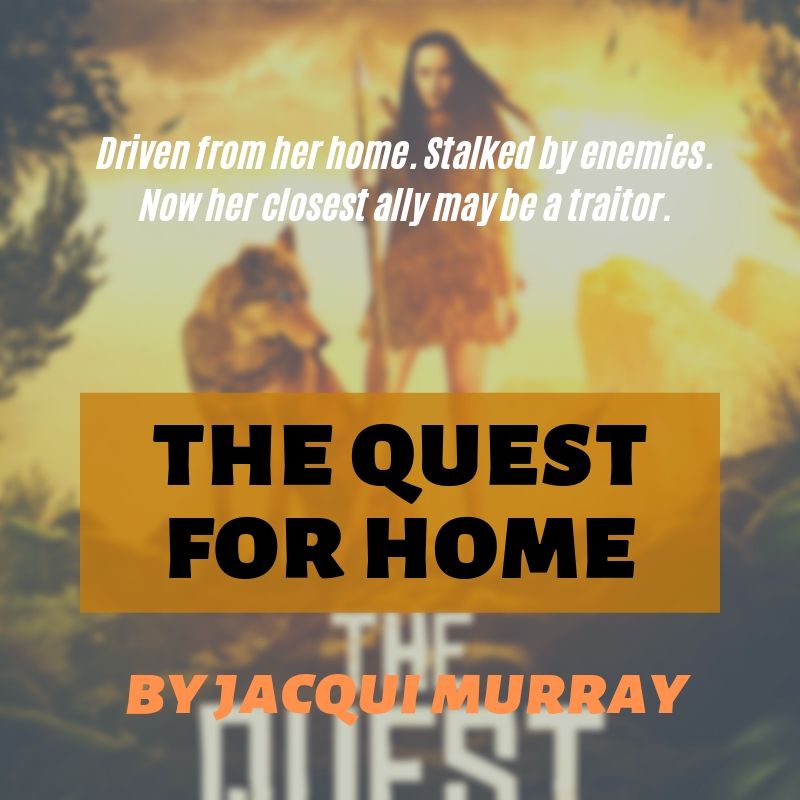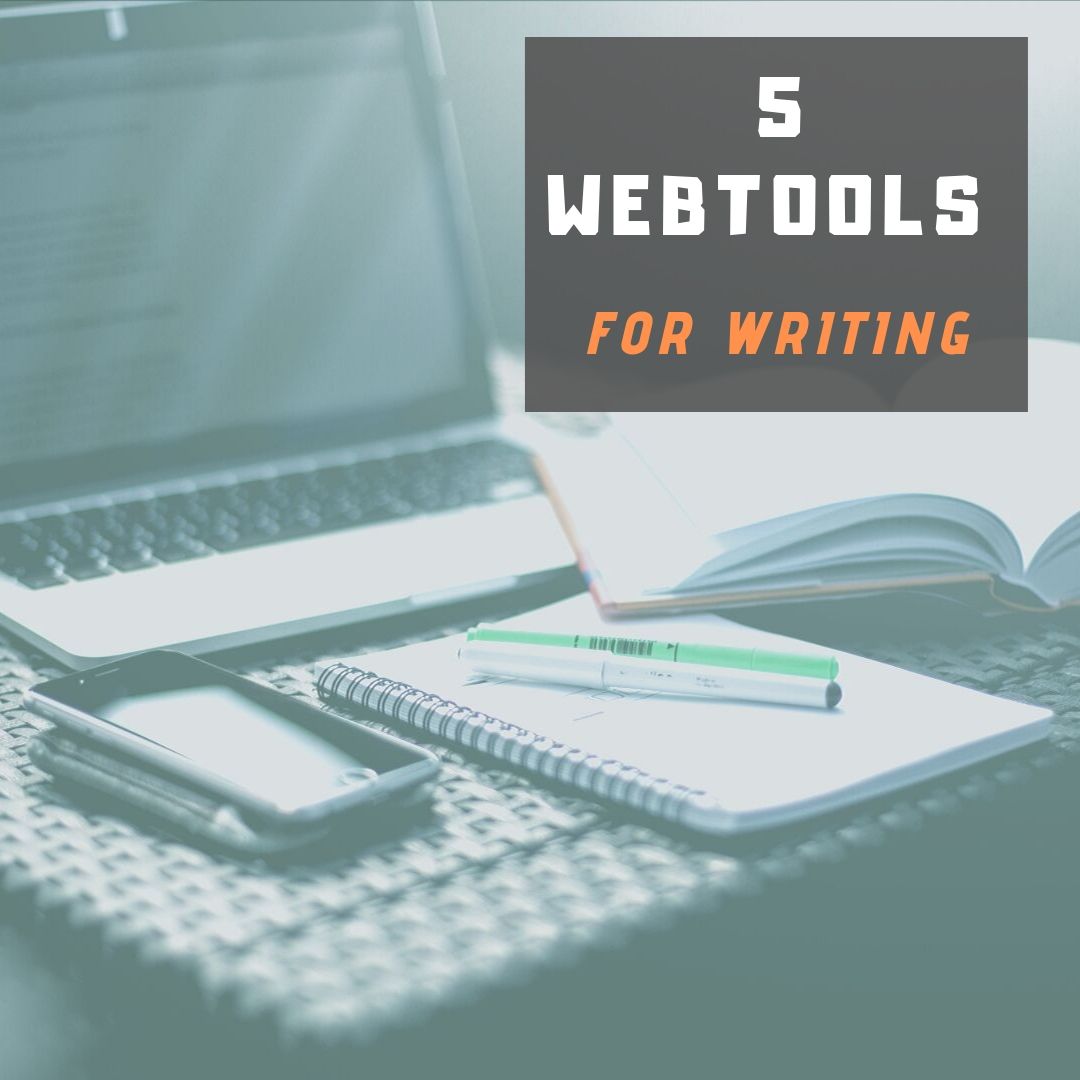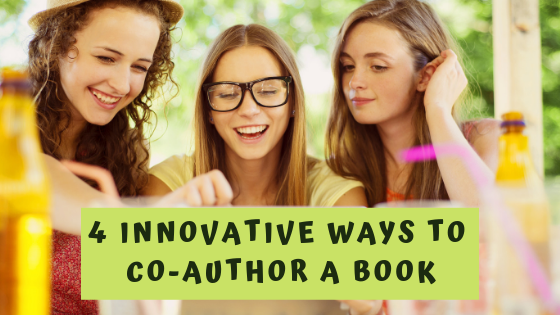Category: Writing
An Update on Digital Storytelling
A great article from Edutopia:
An Exercise in Digital Storytelling
To engage my 11th-grade English students during the 2020–21 school year, I created a digital storytelling unit. Whether they attended school in person or remotely, it was a success. Students were able to explore various frames of reference, identify a personal story to share using digital media, and experience empathy throughout the process. Digital storytelling has a permanent place in my classroom.
We’ve written several articles on digital storytelling that can extend your understanding of this tool|
Best-in-Class Digital Storytelling Tools
10 Tips for Digital Storytelling You Don’t Want to Miss
And, here are some webtools you may find useful:
Share this:
- Click to share on Facebook (Opens in new window) Facebook
- Click to share on X (Opens in new window) X
- Click to share on LinkedIn (Opens in new window) LinkedIn
- Click to share on Pinterest (Opens in new window) Pinterest
- Click to share on Telegram (Opens in new window) Telegram
- Click to email a link to a friend (Opens in new window) Email
- More
Comics–an underused tool to boost SEL skills
Comics have long been considered not just to gamify education but to teach writing skills that are challenging for some students. SmartBrief Education tells Dan Ryder’s story,
How comics curriculum boosts SEL
Dan Ryder, a learning facilitator at Community Regional Charter School in Skowhegan, Maine, says he uses comics to support students’ social and emotional learning. In this blog post, Ryder shares several ways he will use comics in the classroom during the first weeks of school, including to help foster discussion about choices and different perspectives on social issues.
You can create comics in dedicated webtools or with tools you probably already have, like Google Drawings:
For excellent online comic creator tools, check this list:
- Book Creator–(iOS/Android) templates to create digital comic books and graphic novels.
- Canva–excellent comic templates you can use from an individual or education account
- Friendstrip–use their library of pieces; create/publish/share
- MakeBeliefsComix–simple comic creation
- Marvel– create comic strips and books with Marvel characters.
- Pixton.com–offers a comic builder to simplify the process
- PlayComic–English or Spanish
- PowToon–try free, then fee
- Storyboard That!–the gold standard for comics; free or fee
Share this:
- Click to share on Facebook (Opens in new window) Facebook
- Click to share on X (Opens in new window) X
- Click to share on LinkedIn (Opens in new window) LinkedIn
- Click to share on Pinterest (Opens in new window) Pinterest
- Click to share on Telegram (Opens in new window) Telegram
- Click to email a link to a friend (Opens in new window) Email
- More
9 Websites for Comics in Teaching
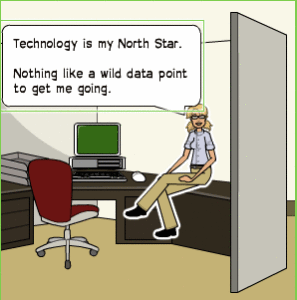 Here are a few of the popular resources teachers are using to teach writing and storytelling with comics:
Here are a few of the popular resources teachers are using to teach writing and storytelling with comics:
- Book Creator–(iOS/Android) templates to create digital comic books and graphic novels.
- Canva–for templates
- Friendstrip
- MakeBeliefsComix
- Marvel– Create comic strips and books with Marvel characters.
- Pixton.com
- PlayComic–English or Spanish
- PowToon–try free, then fee
- Storyboard That!
Click here for updates to this list.
Share this:
- Click to share on Facebook (Opens in new window) Facebook
- Click to share on X (Opens in new window) X
- Click to share on LinkedIn (Opens in new window) LinkedIn
- Click to share on Pinterest (Opens in new window) Pinterest
- Click to share on Telegram (Opens in new window) Telegram
- Click to email a link to a friend (Opens in new window) Email
- More
Tech Tip #63: Reset Default Font
 In these 169 tech-centric situations, you get an overview of pedagogy—the tech topics most important to your teaching—as well as practical strategies to address most classroom tech situations, how to scaffold these to learning, and where they provide the subtext to daily tech-infused education.
In these 169 tech-centric situations, you get an overview of pedagogy—the tech topics most important to your teaching—as well as practical strategies to address most classroom tech situations, how to scaffold these to learning, and where they provide the subtext to daily tech-infused education.
Today’s tip: Reset Default Font
Category: MS Office, Google Apps, Classroom Management, Writing
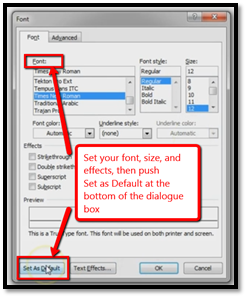 Q: How do I change default font and spacing?
Q: How do I change default font and spacing?
A: Type a couple of paragraphs in any document. Highlight what you typed and right click; select font. Change the font to what you prefer. In my case, it’s TNR 12
Then, in Word: Click the Default button on the lower left to approve that this is how you’d like future documents formatted. See how-to video here.
In Google Apps: Go to Styles drop-down menu>Options>Save current.
That’s it. The next time you open an MS Word or Google Docs document, it will have this revised formatting.
Sign up for a new tip each week or buy the entire 169 Real-world Ways to Put Tech into Your Classroom.
What’s your favorite tech tip in your classroom? Share it in the comments below.
Share this:
- Click to share on Facebook (Opens in new window) Facebook
- Click to share on X (Opens in new window) X
- Click to share on LinkedIn (Opens in new window) LinkedIn
- Click to share on Pinterest (Opens in new window) Pinterest
- Click to share on Telegram (Opens in new window) Telegram
- Click to email a link to a friend (Opens in new window) Email
- More
Inspire Young Writer’s with Young Writers Program
A warm welcome to Sean Clark, Instructional Aide, and his first time contributing to Ask a Tech Teacher. He’s also a Teacher-Author with a wonderful experience involving his students in November’s NaNoWriMo Young Writers Program:
School-age kids these days are bridging huge linguistic and literary gaps almost every day: reading books checked out from the school library, but also online assignments, texts, and instant messages from parents and classmates. They’re learning cursive and concurrently expected to raise their words-per-minute on the QWERTY layout, possibly both in the span of one week. They must know an adjective from an adverb, but also a header from a heading.
 My name is Sean Clark, bearing the official title of Technology Instructional Aid, though most of the time around the school, I am referred to simply as ‘the tech guy.’ I’m one of several at the elementary level holding this job description in my district where 1:1 devices are now the norm. On that gap described earlier, the teaching of the latter half is my responsibility. Before current events transpired, my work week involved heading to each classroom to give a lesson on whatever I had made up for the day; typing, coding, docs, slides, or other various thematic and interactive activities I’d discovered through sites like Ask a Tech Teacher.
My name is Sean Clark, bearing the official title of Technology Instructional Aid, though most of the time around the school, I am referred to simply as ‘the tech guy.’ I’m one of several at the elementary level holding this job description in my district where 1:1 devices are now the norm. On that gap described earlier, the teaching of the latter half is my responsibility. Before current events transpired, my work week involved heading to each classroom to give a lesson on whatever I had made up for the day; typing, coding, docs, slides, or other various thematic and interactive activities I’d discovered through sites like Ask a Tech Teacher.
Outside of work, I’m still connected to technology, often for playing games, but also in the pursuit of satisfying my creative mind by typing out my thoughts into stories, and sometimes turning those stories into novels. I run a writer’s blog by the name of Fifty Shades of Grease, a title birthed from a time where I worked a less glamorous job in a deli. In my blog, I archive many of my short stories, as well as track progress on other, bigger works that get the full run-down to be turned into proper ebook and paperback novels. To date, I’ve self-published two trilogies, a short story, and a literary collection.
I’ve been writing on and off properly since community college when a guest teacher running the English 1A class revealed the wonders of creative writing, rather than just the regurgitation of rhetoric that High School had taught me to focus on. At some point that semester, I had a flashback to 4th grade when I was voted ‘most likely to become a writer.’ It wasn’t until after graduating from University five-and-some years later that I finally found the time and motivation to write a complete story from beginning to end. At that point, I knew I couldn’t stop at just one.
 My biggest outlet of story writing energy is the National Novel Writing Month- abbreviated to NaNoWriMo– community. Running two short events during the summer, and a full-fledged 50-thousand-word writing sprint in November, writers find themselves bound by their own honor to write more-or-less every day in order to meet their goals. Since joining the community a few years ago, I have not missed a single session.
My biggest outlet of story writing energy is the National Novel Writing Month- abbreviated to NaNoWriMo– community. Running two short events during the summer, and a full-fledged 50-thousand-word writing sprint in November, writers find themselves bound by their own honor to write more-or-less every day in order to meet their goals. Since joining the community a few years ago, I have not missed a single session.
So, you’re probably wondering- how do my tech lessons and my students fit into this? Personally, I’ve enjoyed the chance to bring in my own books to read from for various classes. While it is slightly self-aggrandizing, the message that I hope students can find is that with the proper effort and dedication, they can produce something unequivocally theirs (a sentiment not only limited to writing, of course). In fact, the NaNoWriMo community can serve such minds just the same, with a special space all its own for school-age children wanting to attempt something so grand as writing an entire story; the Young Writers Program. Rather than being thrown in with strangers and set up with strict goals, the YWP allows a teacher to curate a class with a class code, ready to be set to run for any month, any topic, and any word count.
When we began teaching at a distance this spring, over Zooms and Google Classrooms and less-than-ideal Youtube lessons recorded from Chromebook cameras, this program was one of the first I jumped on to offer as a tech lesson. Maybe it was the lack of a stimulating home environment, growing burnout out from Cool Math Games, or just having the desire to create something original, but more than a few became truly engaged in their newfound project.
Share this:
- Click to share on Facebook (Opens in new window) Facebook
- Click to share on X (Opens in new window) X
- Click to share on LinkedIn (Opens in new window) LinkedIn
- Click to share on Pinterest (Opens in new window) Pinterest
- Click to share on Telegram (Opens in new window) Telegram
- Click to email a link to a friend (Opens in new window) Email
- More
Teacher-Authors–Do You Write Fiction?
xx
Teacher-authors–do you write fiction? I do! And it feeds my soul in the same way that teaching does.
[gallery type="slideshow" ids="62826,62827,62828,62829,62825,62830"]
Two of my novels–To Hunt a Sub and Twenty-four Days–are tech thrillers so fit well into my geeky tech-teacher world. The rest deal with how man survived the traumas of prehistoric times.
xx
I feature my fiction writing over at WordDreams.
xx
If you are a teacher who also writes fiction, I’d love to feature your book on WordDreams. I have a good readership with lots of interest in Indie authors. I’m opening up comments so you can add a note there. If you’d prefer, contact me at askatechteacher at gmail dot com.
Talk soon!
Share this:
- Click to share on Facebook (Opens in new window) Facebook
- Click to share on X (Opens in new window) X
- Click to share on LinkedIn (Opens in new window) LinkedIn
- Click to share on Pinterest (Opens in new window) Pinterest
- Click to share on Telegram (Opens in new window) Telegram
- Click to email a link to a friend (Opens in new window) Email
- More
Why Teach Poetry?
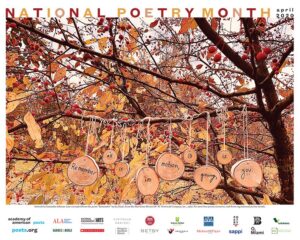
April is National Poetry Month. For thirty days, we celebrate the value and joy that poetry brings to our world. According to the Academy of American Poets, the goals are:
- Highlight the extraordinary legacy and ongoing achievement of American poets
- Introduce more Americans to the pleasures of reading poetry
- Bring poets and poetry to the public in immediate and innovative ways
- Make poetry a more important part of the school curriculum
- Increase the attention paid to poetry by national and local media
- Encourage increased publication, distribution, and sales of poetry books
- Increase public and private philanthropic support for poets and poetry
All across the nation, school, teachers, students, libraries, and families celebrate by reading, writing, and sharing poetry. Here are websites that do all that and more. Share them with students on a class page, Symbaloo, or another method you’ve chosen to share groups of websites with students.
When I was in high school, I was forced to learn poetry. I didn’t want to, saw no benefit to it, and unfortunately, the teacher didn’t change my mind. All that analyzing meaning and deconstructing stanzas went right over my head. Worse, selections such as Beowulf and anything by Elizabeth Barrett Browning seemed unrelated to my life and goals. Poems I loved like “The Charge of the Light Brigade”, “The Raven”, and “The Road Not Taken” were rare. It wasn’t until University, where I discovered that poetry speaks the language of dreams, that I fell in love with it.
Thankfully, today’s teachers communicate poetry’s essence much better than what I experienced.
What is poetry?
When many people think of poetry, they visualize flowing groupings of soulful words as pithy and dense as a fruitcake and for some, just as (un)appealing. I’ll get back to that in a minute, but first, here’s a definition (from Wikipedia):
an art form in which human language is used for its aesthetic qualities in addition to, or instead of, its notional and semantic content.
You are most likely to recognize a poem by its truncated lines that rarely end in a period (though this isn’t always true), the rhythm created when reading it, the liberal use of literary devices such as alliteration and similes, and its ability to tell an entire story in a very (very) few stanzas. A good poem not only communicates with words but with emotion, senses, and memories, it gives a reader permission to interpret the content in ways that speak to his/her dreams. It may ask a question or answer one but always, it encourages the reader to think.
Share this:
- Click to share on Facebook (Opens in new window) Facebook
- Click to share on X (Opens in new window) X
- Click to share on LinkedIn (Opens in new window) LinkedIn
- Click to share on Pinterest (Opens in new window) Pinterest
- Click to share on Telegram (Opens in new window) Telegram
- Click to email a link to a friend (Opens in new window) Email
- More
Teacher-Author? Me too! Let’s talk
This week, my wonderful efriends and fellow teacher-authors are helping me launch my latest prehistoric fiction novel, The Quest for Home.
Driven from her home. Stalked by enemies. Now her closest ally may be a traitor.
An early review…
“I can’t begin to imagine the hours of research, not to mention the actual writing time, that went into this wonderful gem of a story. I highly recommend this book. It’s a must read for those who love prehistoric fiction.” —Sandra Cox, author of ThunderTree
I know–this isn’t about education. In fact, the excitement is happening over on my writer’s blog where I am not only a teacher but an author. Today, I’m here on Ask a Tech Teacher, asking my fellow teacher-authors to help me kick start this launch.
My promise to you: Leave a comment below. I’ll follow up and make you part of my writing community. There’s nothing more powerful than us supporting each other!
I’ll be visiting efriends’ blogs between September 16th-30th to chat about The Quest for Home. Some of the questions we’ll cover:
Share this:
- Click to share on Facebook (Opens in new window) Facebook
- Click to share on X (Opens in new window) X
- Click to share on LinkedIn (Opens in new window) LinkedIn
- Click to share on Pinterest (Opens in new window) Pinterest
- Click to share on Telegram (Opens in new window) Telegram
- Click to email a link to a friend (Opens in new window) Email
- More
5 digital tools to enhance the writing skills of your students
Ask a Tech Teacher contributor, Linda Cartwright, has a great list of basic writing apps to get your students started with the new year. A few–like Hemingway and Kaizena–I’ve used successfully in my classes. A few others are new to me. Let me know what you think:
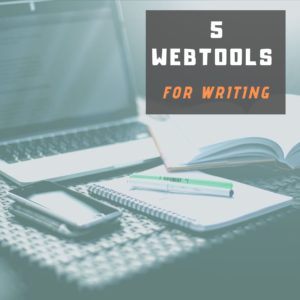 In the digital age, teachers are concerned with the literacy of their students. With video calls and voice recognition technology, young people might lose the ability to express themselves in writing simply because they don’t see the necessity of acquiring the skill.
In the digital age, teachers are concerned with the literacy of their students. With video calls and voice recognition technology, young people might lose the ability to express themselves in writing simply because they don’t see the necessity of acquiring the skill.
However, the school must prepare students for college and professional life and that means they have to master writing in a variety of formats. Leaving out the question of actual handwriting, let me focus on digital tools that will help your students to enhance their skill of written communication.
Kaizena
Kaizena is meant to be paired with Google Docs and its purpose is to provide feedback… with a twist. Admit it, no matter how hard you try to be encouraging and constructive, the format of short notes robs your comments of their warmth and student feels disappointed and frustrated – they only get the message that their work is not good enough! They lose their confidence and look for additional essay help online, instead of working on their skills.
With Kaizena, teachers can record voice notes, which are much more encouraging, since they preserve your tone of voice. Instead of simply getting marks on margins telling them what is wrong with their writing, students will get meaningful feedback.
No Red Ink
No Red Ink is another tool to promote constructive and actionable feedback instead of frustrating notes in here’s-what-you-did-wrong style and red ink. Instead, students get adaptive practice, track their progress, independently identify their stronger and weaker sides, and decide which skills they need to improve. No Red Ink empowers students, gives them back ownership of their learning, and helps to build confident writers who enjoy expressing themselves with words.
Share this:
- Click to share on Facebook (Opens in new window) Facebook
- Click to share on X (Opens in new window) X
- Click to share on LinkedIn (Opens in new window) LinkedIn
- Click to share on Pinterest (Opens in new window) Pinterest
- Click to share on Telegram (Opens in new window) Telegram
- Click to email a link to a friend (Opens in new window) Email
- More
4 Innovative Ways to Co-Author a Book
 Everyone wants to write a book — right? Studies show that 74% of people think they have a book in them. Teens are no exception. With the ease in which that can be done, thanks to word processors like Word and Docs, online editors like Grammarly, and automated publishers like Kindle, there’s no reason why teens can’t do just that. Look at this list of kids who wrote successful books in their teens — or in one case, before:
Everyone wants to write a book — right? Studies show that 74% of people think they have a book in them. Teens are no exception. With the ease in which that can be done, thanks to word processors like Word and Docs, online editors like Grammarly, and automated publishers like Kindle, there’s no reason why teens can’t do just that. Look at this list of kids who wrote successful books in their teens — or in one case, before:
- Alexandra Adornetto — published The Shadow Thief at age 14 and Halo at 18.
- Christopher Paolini — published Eragon at age 16 (he is now over 30)
- Steph Bowe — published Girl Saves Boy at age 16.
- Cayla Kluver — published Legacy at age 16
- Alec Greven — published How to Talk to Girls at age 9
As a teacher, I recognize that writing a book ticks off a range of student writing skills by providing organic practice in many required standards such as descriptive detail, well-structured event sequences, precision in words and phrases, dialogue, pacing, character development, transition words, a conclusion that follows what came before, research, and production/distribution of the finished product. I’ve tried novel-writing activities with students several times to varied results. Everyone starts out fully committed and enthusiastically engaged but by the end of the project, only the outliers on the Bell Curve finish. The rest have too much trouble balancing the demands inherent to writing a 70,000-word book (or even its shorter cousin, the novella). That I understand, as a teacher-author struggling with the same problems. As a result, usually I settle for less-impassioned but easier-accomplished pieces like short stories or essays.
Then I discovered co-authoring, a way to get all of the good achieved from writing a book without the intimidating bad. Many famous books have been co-authored, most recently, Bill Clinton and James Patterson’s The President is Missing but there’s also Neil Gaiman and Terry Pratchett’s Good Omens, Stephen King and Peter Straub’s The Talisman, and Preston and Child’s Special Agent Pendergast series. Done right, co-authoring encourages not just the writing skills we talked about earlier but perspective-taking, collaboration, and the teamwork skills that have become de rigueur in education.
The most common approach to co-authoring a book is to have students write alternate chapters but this doesn’t work for everyone. Today, I want to talk about four alternative co-authoring approaches that allow students to differentiate for their unique needs:
- vignettes
- multiple POV
- themed collections
- comics
Share this:
- Click to share on Facebook (Opens in new window) Facebook
- Click to share on X (Opens in new window) X
- Click to share on LinkedIn (Opens in new window) LinkedIn
- Click to share on Pinterest (Opens in new window) Pinterest
- Click to share on Telegram (Opens in new window) Telegram
- Click to email a link to a friend (Opens in new window) Email
- More

